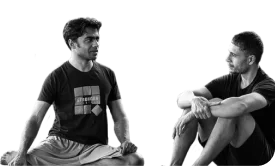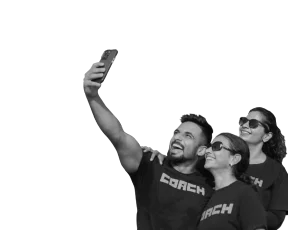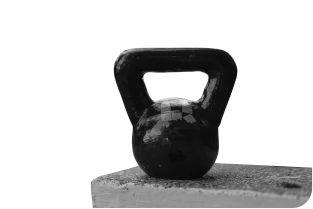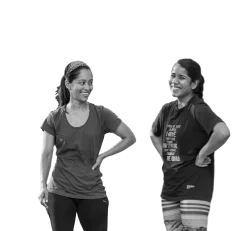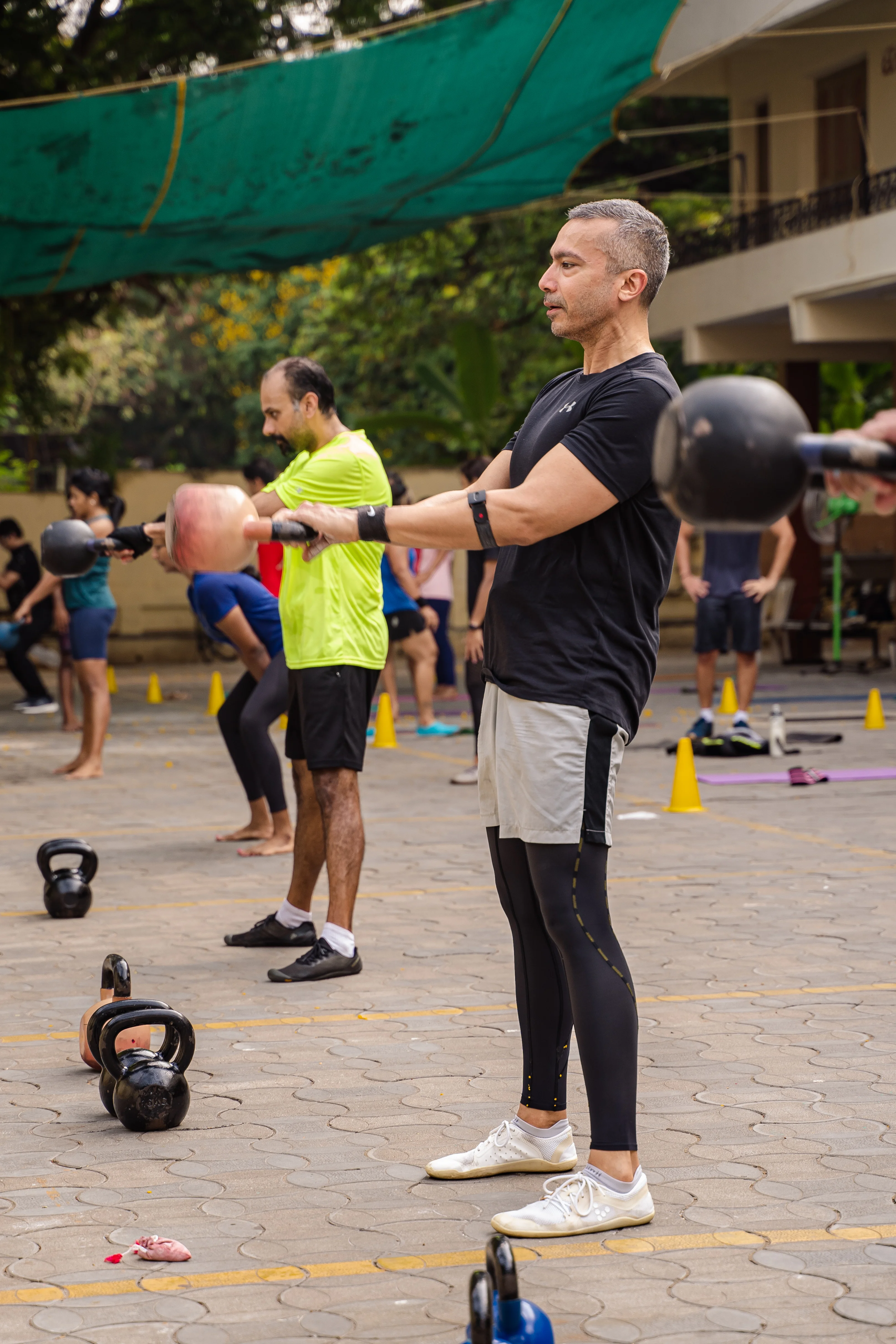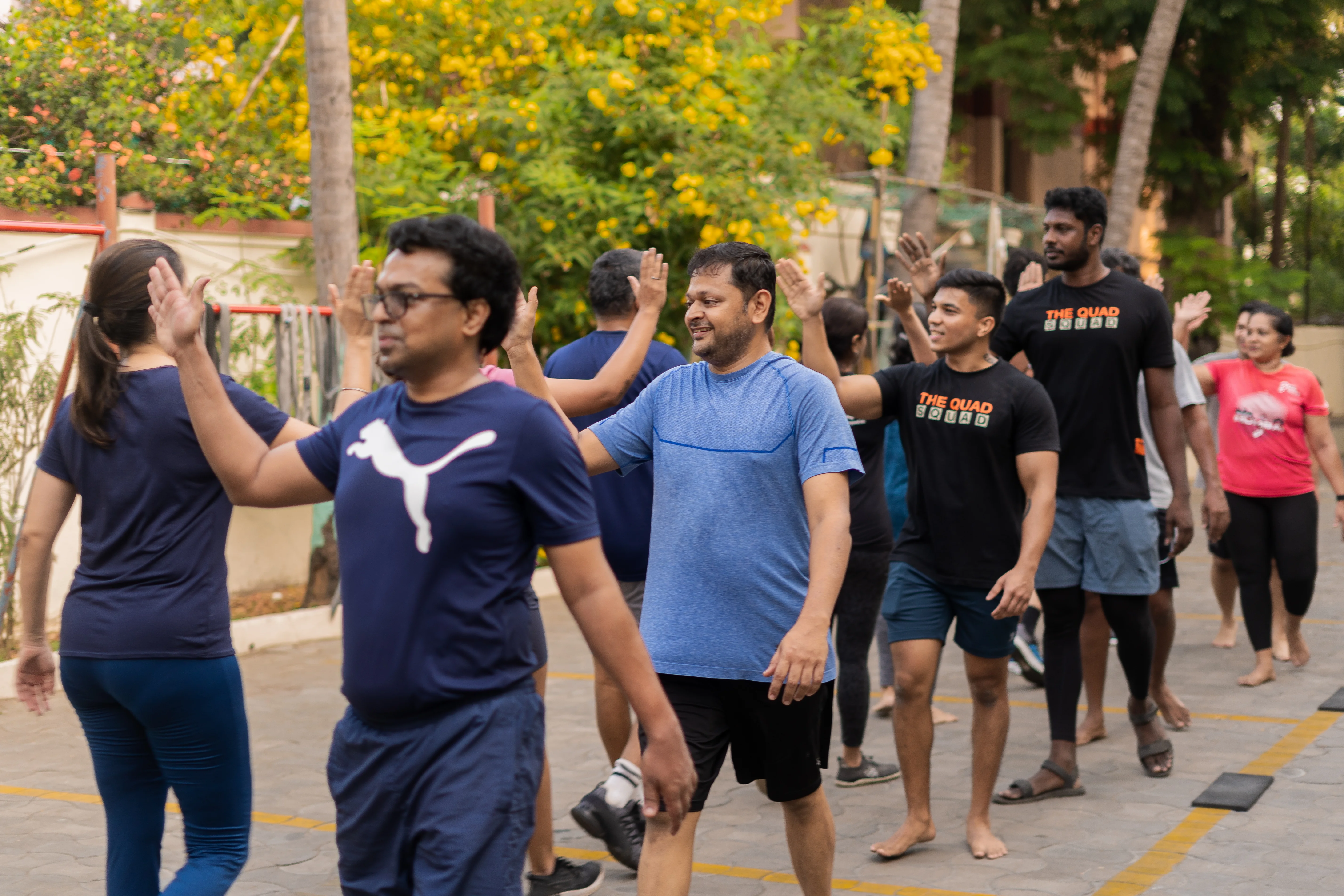How to Start a Fitness Routine in Your 40s and Beyond
Dec 5, 2024 ∙ 12 mins read

Were you this incredibly sporty kid at school, with an awesome fitness level, who played every sport known to mankind and spent every spare moment in the school grounds? Did you come alive during your Sports period, full of beans and raring to go? Or were you one of the nerdy, quiet ones who shunned any physical activity, preferring to not get sweaty and sticky in the hot sun? Or, like me, treated the Sports period as just the opportunity to catch up with the gossip?
You know what happens to folks like us when we get to middle age and age catches up with us, right? The huffing and puffing while running behind the bus, the mild wheeze as we climb up the stairs... and the "are we there yet?" whine that creeps into our voice as we have to walk for more than 2 streets at a stretch?
Your social media algorithm starts playing tricks on you and soon enough, your feed is inundated with hormonal changes this and bench press that and there's no easy way for you to not hear about cardiovascular health, compound movements and Romanian deadlifts. At this point, you might as well wave the white flag of acceptance and agree that your daily life now includes slam balls, kettlebells and a good quality exercise mat, with extra cushioning.
What is the first step?
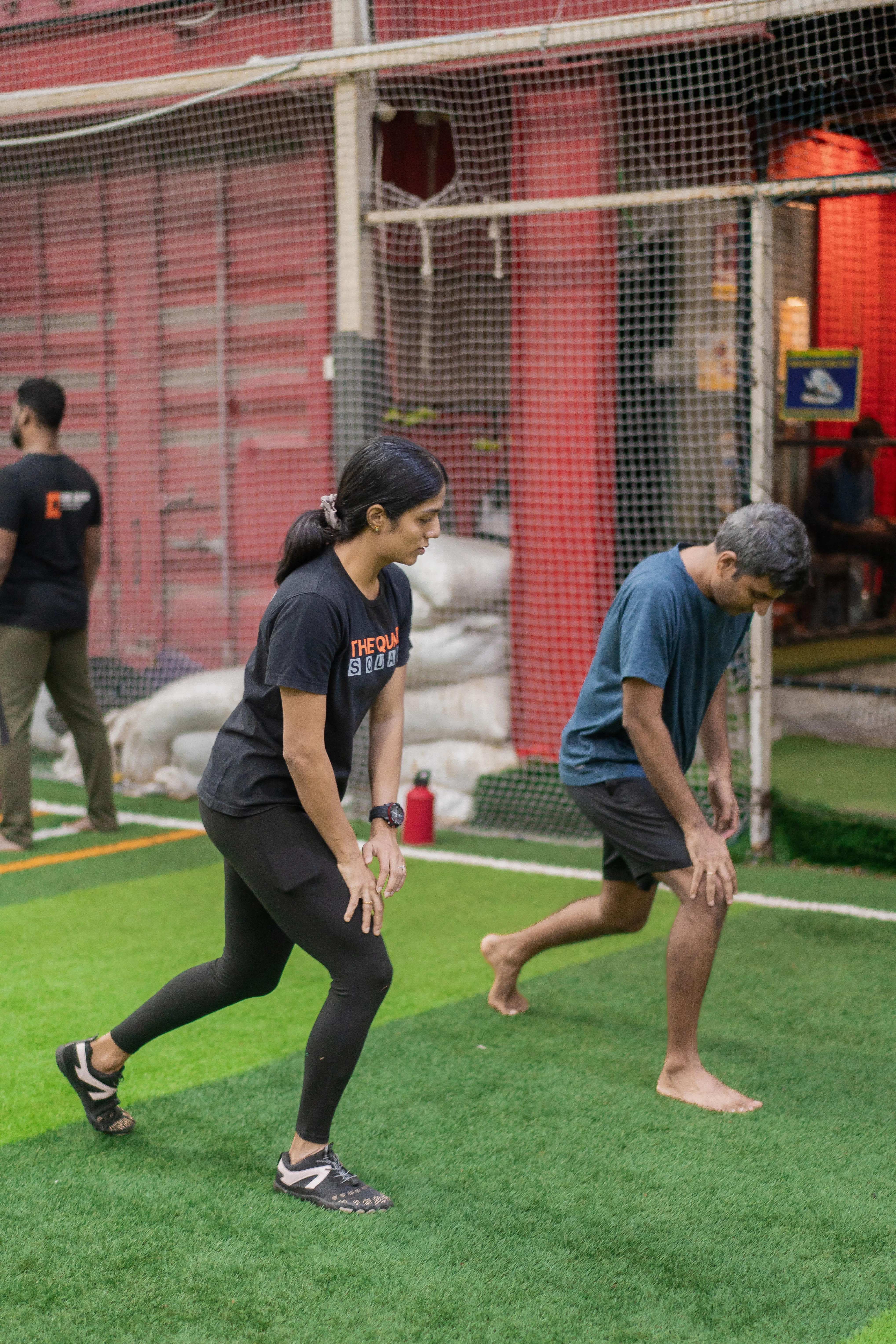
It is all nice and fine accepting that the aging process means you need to pay attention in adopting an active lifestyle. But it isn't good to go off half-cocked and get sidetracked by the big shiny or your neighbour's cousin's husband's Amazing Transformation and his anecdotal evidence.
Our bodies are all built differently. Our individual needs vary. Our strength levels, our energy levels and current health conditions play a role in determining the best way forwards in our fitness journey. First step is getting a sound health checkup done, so we can establish a base value. Trained medical professionals are excellent at looking at our health markers such as blood pressure and determining what we ought to do and more importantly, what we ought not to do. This is the time to find out if there is heart disease in your family tree so you can stop yourself from signing up for the Kilimanjaro Trek in 6 weeks.
Once you get the all clear from your doctor, now you may proceed with finding a good coach - this may be in the form of a certified personal trainer, or a local gym that comes well recommended. Visit the person and their space. Get a trial session or two is a great way to see if it is your jam, before you make any commitment.
Start slow and keep it steady
Your 40s are not the time to go overboard. The days of your body taking a licking and keeping on ticking are well and truly behind you. Now when you do something foolish and push your body to an excessive degree, it will have no qualms in showing you exactly why signing up for high-impact activities (without adequate prep) is a really bad idea. Instead, start slow.
Now is also the best time to decide what your fitness goals are and if they are realistic. It is brilliant you are keen to climb up to the Everest Base Camp one day but work up to it. Set small, achievable goals that meet you where you are today. Gradually they will take you to where you want to go. When you set clear, measurable goals, you will be able to hit those in a much more satisfying fashion. Be consistent with your approach and above all, listen to your body.
What does a well-rounded routine consist of?
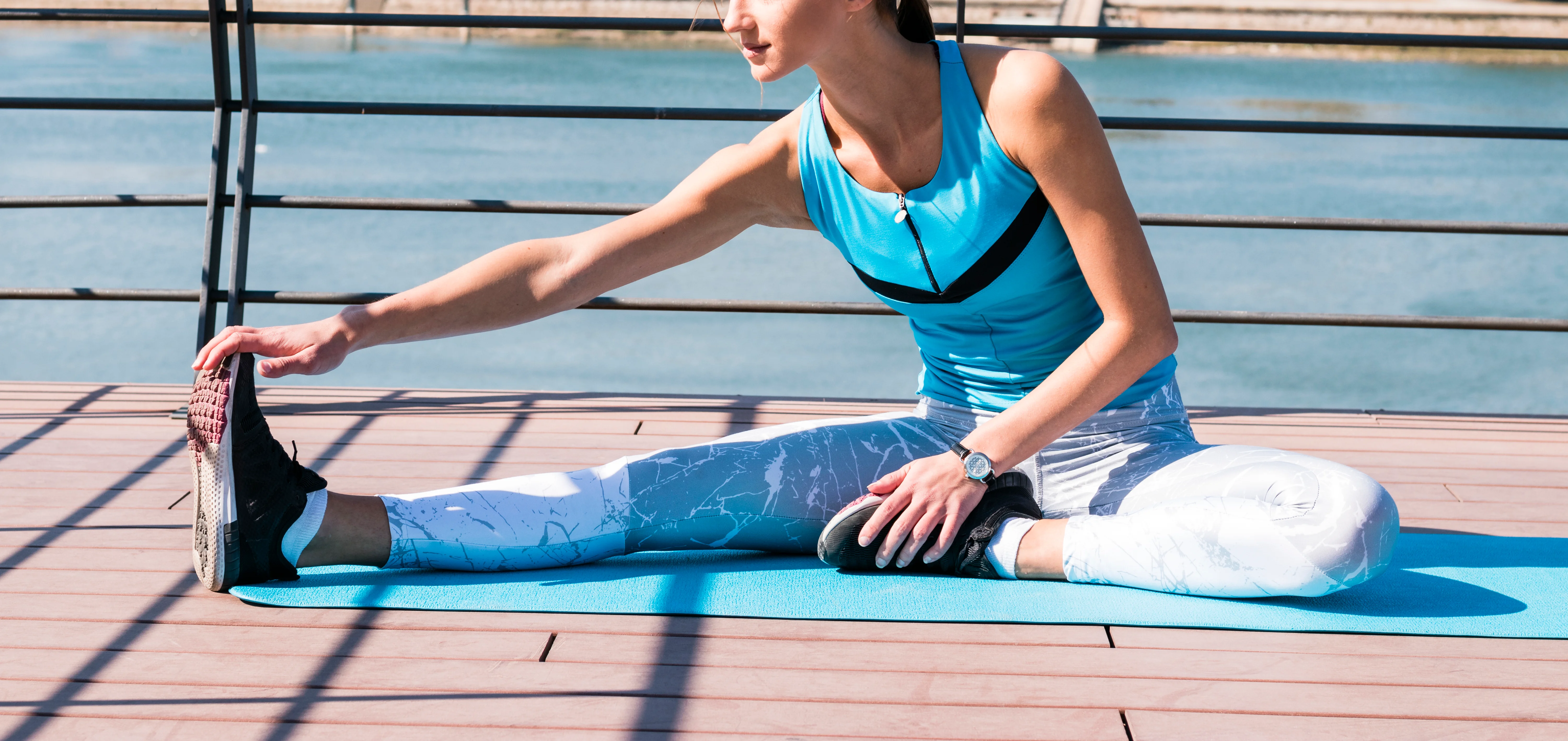
Whether you are starting from scratch or restarting after a gap, it is important to bear in mind that a well-rounded routine is one that consists of weight training, cardio and mobility exercises.
For best results, mix things up. Lift heavy weights 2-3 times a week. Do them with proper form, so you don't injure yourself. As you grow older, you lose bone density and muscle mass. Strength training helps you build muscle and improve bone strength; when you build muscle, you can enjoy better strength and mobility as well as a better functioning metabolism.
Cardiovascular exercise is important for heart health. Do some brisk walking as many days of the week as possible. Along with functional movement work, do some balance exercises and challenging movement protocols like Pilates too.
Pay attention to recovery
Recovery time is important for everyone and especially so for those in their 40s and beyond. When you newly embark on a fitness program and can see the improvements in your quality of life and functional strength, it is easy to get carried away.
But ignore your recovery and rest days at your peril. Your muscles and tissues tear; your body needs time to work on muscle repair. Going at it hammer and tongs could also stress your body excessively.
Quality sleep is vital for every stage of life and never more so than in middle age, when the hormone levels go through an upheaval. Practice good sleep hygiene, keep to a uniform routine and let your sleep rejuvenate and energise you.
Along with the different types of exercise, also pay attention to proper nutrition. Wholesome nourishing meals, with plenty of protein to aid muscle recovery, is what your body needs. One of the biggest advantages of being in your 40s is that the time for fad and trendy diets is behind you. You know what is important - good carbs, healthy fats and a balanced diet!
Don't forget hydration - healthy adults need between 11 to 15 cups of water daily.
Don't waste time and effort on activities you don't enjoy
Do you like group fitness classes? Or do you prefer to hang out with your resistance bands in private? Your workout plan should consist of activities and routines you enjoy. Remember, the best exercises are those we do. Life is too short to suffer through something because you read something somewhere.
There is more than one way to skin a cat. Play around, find what brings you joy, what makes you leap out of bed and into your training clothes. And do that, consistently.
Don't be in a hurry - this is your body for life
Your 40s are the perfect time to settle down into it and just enjoy the journey. Your 20s and 30s are for experimenting and trying as many new things as possible and making questionable life choices. Your 40s and 50s are when you know what isn't good for you, so you can get on with doing what is.
This means taking your time. Because you are into the marathon phase. The time for quick fixes is done and now, it is the turn of steady choices that will hold you in good stead in the long run.
Because this is your body for life. And you better take good care of it!
Lift weights in your 40s so when you reach 70, you can be independent. Strength training in your middle age will ensure your twilight years are not spent in less than optimum physical condition. By exercising your body, you look after your mind too. Regular exercise positively impacts your mental health, ensuring that your cognitive function as you age does not deteriorate.
Good nutrition, a sound workout regimen and maintaining a healthy body weight is the best way to ensure long term health and wellness.
If you or the older adults in your family want to try resistance training for the first time and are worried about how safe the whole thing is, why not get in touch with us today? Our team of certified coaches have more than a decade's worth of experience training people of different ages and abilities. They will be happy to show you how you too can enjoy a happy, healthy lifestyle.
